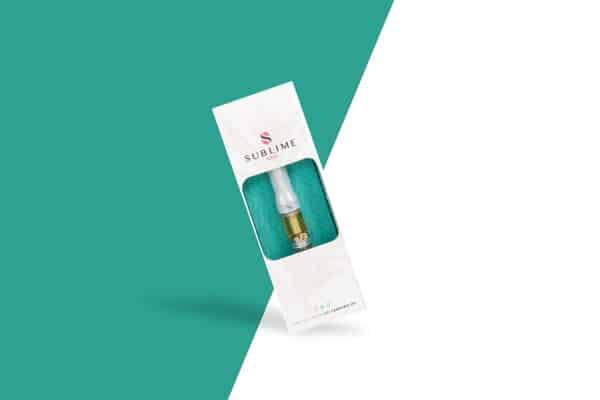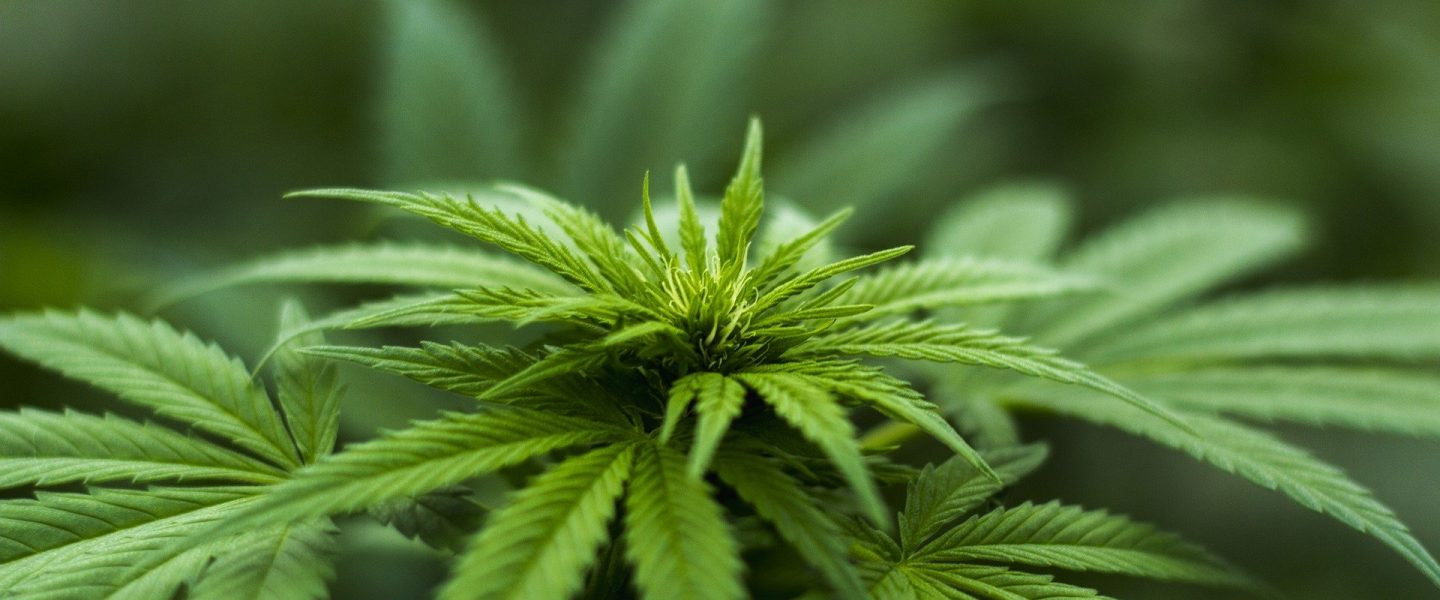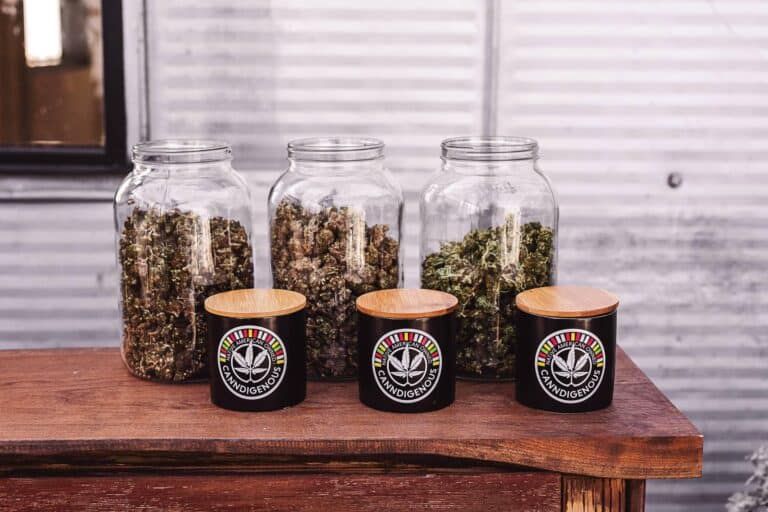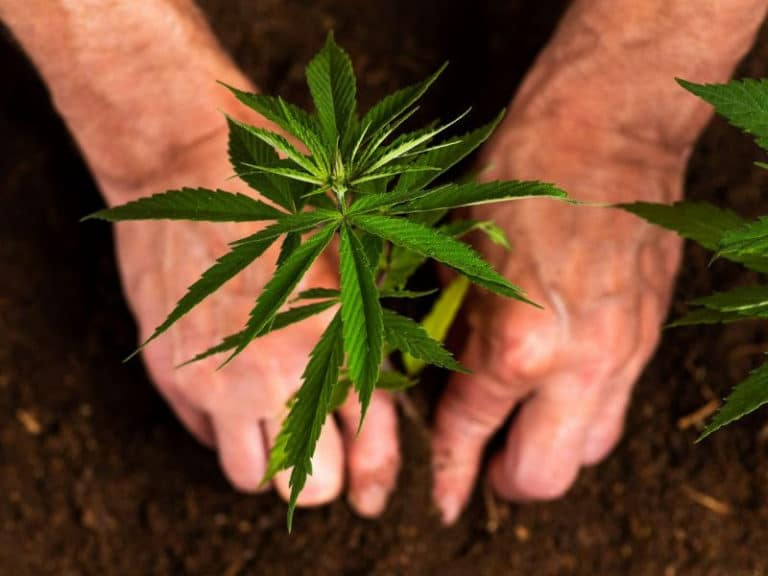
Over the last several years, the CBD market has exploded in a flurry of activity. For this reason, it can be difficult figuring out how to distinguish a CBD brand from the rest in this ever-expanding market. Where once there were only a few small companies, now everyone and their mother is rushing to cash in on the emerging market. So how does a CBD company approach branding in a way that promotes reliability and trust, while differentiating themselves? We’ve compiled key points to consider when branding CBD, and ways to make your CBD brand exceptional.
Risks
As much as we’d like to talk about all of the perks and benefits of CBD, there are also some risks; at least for the business owners themselves. Although CBD is not illegal in the United States (and hemp is now federally legal), it remains an unregulated substance for the most part. For companies hoping to establish their brand in this market, their legal pitfalls to avoid.
Recently, the United States Food and Drug Administration (FDA) has been adamant about cracking down on companies that make scientific claims about CBD. These claims can range from outrageous statements such as “CBD can cure cancer!” to mundane comments about how it can help ease anxiety. Regardless of how you brand your company, be aware that you cannot make any definitive statements about how CBD may or may not help your customers.
Though this may sound impossible to do, there are a number of ways you can brand your CBD company without making bold or unsubstantiated claims.
Recreational or Medical?
The step in the branding process following an assessment for any potential legal issues is a decision to market your brand to the recreational or medicinal market. Although most people think of CBD as a substance used for medical or wellness purposes, the reasons people use CBD is quite varied.
Some people use CBD for medical purposes, like promoting relief from seizures or joint pain, while others find it simply promotes physical and mental relaxation. For the most part, hemp or Cannabis Ruderalis-derived products, which contain little to no THC, will often brand themselves for the wellness market. Cannabis Sativa-derived CBD products acted as extensions of pre-existing lines cannabis products.
In order to maximize the effectiveness of your brand, you have to consider how your products will appeal to these different markets. Fortunately, there is data out there that can help you answer that question.
According to the research conducted by the Brightfield Group:
For hemp-derived CBD, tinctures and oils – consumption forms focused on the ease of medicating – makeup nearly half (47%) of the total market. In the marijuana-derived market, on the other hand, tinctures and oils comprise just 7.4% of all sales, and sugar candy leads with 28% of the market. Conversely, in consumer surveys conducted by Brightfield, marijuana-derived CBD users did not report a higher preference for sugar candies than hemp users did….
So why are marijuana-derived CBD sugar candies selling so much more?
The answer may be simple: because THC-dominant candies sell more….
Is Your Product Aligned with Your Ideal Customer?
Once you have a better idea of where you want to take your brand, you have to ask yourself whether your current product offerings are aligned with your ideal customers. You may have big dreams of cornering the medical side of the CBD market, but if your flagship product is a line of CBD candies, you’re going to have to reconsider your approach.
If you find yourself at an impasse, ask yourself whether it would be easier to switch out your products or your customers. If you’ve made considerable investments in your inventory and product line, it might be easier to switch gears and merely target a different audience. On the other hand, if you’re in the planning stages or if you know one market better than the other, it might be easier to cater your product type and brand identity toward a target market.
Determine Your Core Values
One of the most critical steps in the branding process is determining what your core values are. Your core values should act as the guide map for everything that your brand does – from your logo to your customer service. When determining your core values, you need to get as specific as possible. It is not enough to say that your brand stands nebulous concepts, like Excellence or Quality. Dig deep into your who you are as a company and lean into it.
However, it is not always easy to figure out what makes your brand special or what it even stands for. If you’re having trouble determining what your core values are, try going through some thought experiments to help figure things out. Ask yourself what you DON’T want your brand to be associated with, and then, ask yourself how to project the opposite of that association.
For example, if you’re selling low-cost CBD oil but you don’t want to be thought of as “cheap” brand, think about how to properly express the price of your product without diminishing its value. Instead of using the word cheap, maybe you want to tie your brand to terms like “Value” and “Economy.”
By figuring out what you don’t want your brand to be, you will have a better idea of what direction you need to take it.
Tell a Story
Storytelling is a powerful device. For countless generations, story-telling has been used to help shape how humans perceive their surroundings, and it is still being used today. For emerging companies, developing a story around their brand is one of the best ways to distinguish themselves and build trust among their target audience.
Creating a compelling story around your CBD brand can be difficult, but you’ll have a much easier time if you keep these things in mind:
Make it Personal – The story behind your brand should be humanizing; it needs to come from the heart. By injecting your personality into the account, it becomes an extension of your own core values. It is that sincerity that will help build trust.
Keep it Simple – Don’t let your story get bogged down by details. You might like reading 1,000-page novels, but no customer in the world is going to read a long and drawn out tale of how you started your business, much less develop a connection to your brand. As is true in so many scenarios, when it comes to your brand story, less is more.
Normalize It
One of the most significant challenges for CBD companies hoping to attract new customers is the stigma attached to cannabis. CBD may not be intoxicating, and many CBD products do not contain psychoactive components – unfortunately, CBD’s image is inexorably tied to the public’s perception of cannabis.
To overcome this perception, normalize your products as much as possible and design a product that makes people feel comfortable using it. A lot of CBD brands make the mistake of trying to brand their products as a “legal high,” which turns off a lot of people that are curious or nervous about trying cannabinoids for the first time.
Design packaging that is familiar and easy to use. When developing marketing materials, encourage familiarity and confidence by using language that is inviting and reassuring. The more comfortable people are using your product, the more likely they are to continue using it.
General Branding Tips
In addition to what has already been discussed, here are a few generalized tips for CBD branding:
Be Consistent – There is a reason why Batman puts bats on every single thing he uses, he understands that consistency is the key to good branding. From your logo to your language to the products that you offer, keep it consistent. Consistency builds your identity and gives people something to expect. By stepping outside of your established norms, you weaken the strength of your brand.
Don’t Repeat Yourself – Conversely, avoid repeating yourself. Consistency is essential, but if you end up saying that same old thing over and over again, your brand will get stale. Find different ways to express your core values, highlight various aspects of your brand, keep the theme but change the details.
Communicate With Your Customers – No one likes to be thought of as just a number. When branding your CBD company, be sure that you are speaking directly to the people you want to buy your products. Don’t just offer them discounts and products; identify them, express their hopes, and make them feel like you value them.
Build Long-Term Relationships – The most crucial part of business, and branding, is to build long-term relationships with your customers. You want a consistent stream of income, not just a collection of one-off purchases. Be clear about who you are, deliver on expectations, and works towards building trust with your customers.
Branding isn’t one single decision; it’s a long process. It starts with just a few simple questions, and it dovetails from there. As long as you go through the process, and stay true to your company’s value, you should have no trouble devising a distinctive and successful CBD brand.
Photo featuring our work for Sublime Oils.






